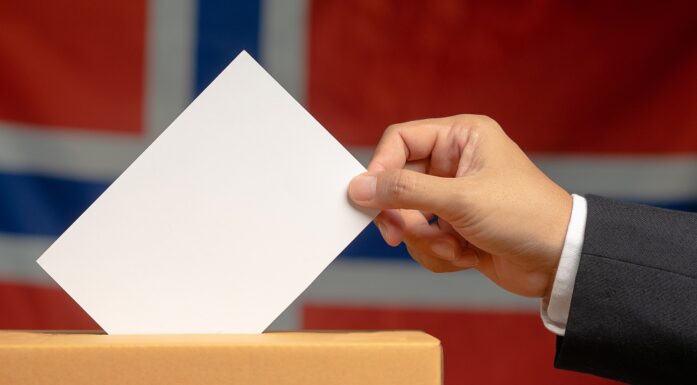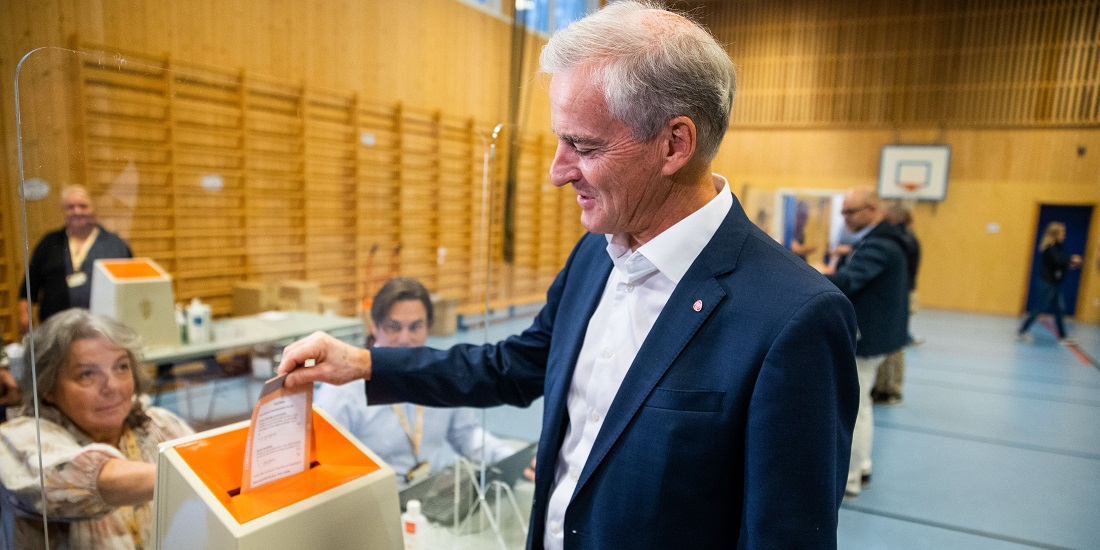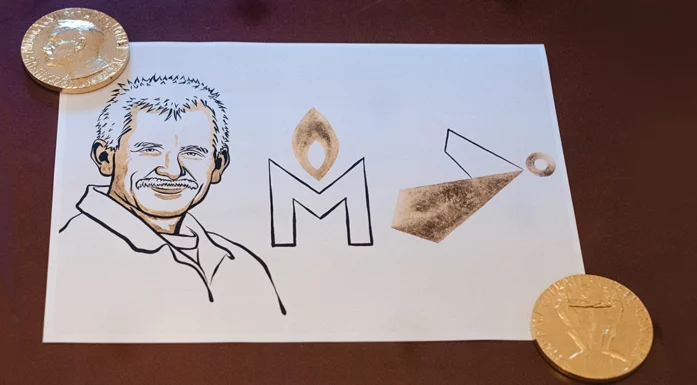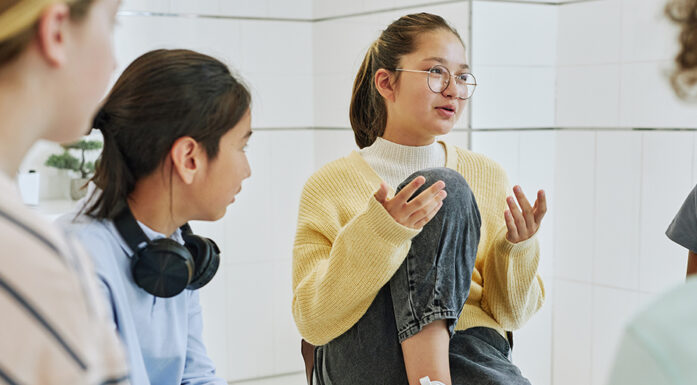What happens when so many voters cast advance ballots in elections?
More people are taking advantage of early voting than before. But the impact on the elections is not exactly what politicians had hoped for.
In the old days, almost everyone waited until election day to vote. But in the most recent Norwegian general election in 2021, advance votes were in the majority for the first time, with almost 58 per cent of voters opting for early voting. Just two years earlier, that number was slightly over 36 per cent.
“Granted, some people were probably worried about COVID. They might have voted early because they were afraid of being ill on election day itself,” says Henning Finseraas, a professor at NTNU’s Department of Sociology and Political Science.
The last election was certainly influenced by the pandemic, but that was not the only factor. The professor expects that the number of people who choose early voting will be very high this time as well.
Early voting has increased gradually
“The proportion of early voting has been a gradual development over a long time,” says Finseraas.
The gradual development has many reasons.
“Historically, you had to have a reason to vote early,” says Finseraas.
Eventually the requirement for a valid reason ended, but the proportion of advance votes was below 10 per cent in all elections until 1997. That year it became possible to vote in advance at the post office. The proportion of advance votes immediately doubled to almost 19 per cent. Therein likely lies a large part of the secret.

Early voting became possible at Norwegian post offices in 1997. The proportion of advance votes immediately doubled. Illustration photo: Shutterstock, NTB
Easier for busy people
“Early voting has become easier, and people are more familiar with it now,” says Finseraas.
Before, you might have had to go to your town hall to vote early. Nowadays, you can often vote in advance at several places in the municipality, such as the nearest shopping centre or library. But that’s not all.
“Once you’ve done early voting, it becomes a matter of habit. Besides, the scheme may just suit modern people better,” says Finseraas.
Voting when it’s most convenient can help make the schedule work for busy people.
Norway’s advance voting period is very long by international standards. You can usually vote a whole month before the election, and in certain cases starting on 1 July.
So how does early voting impact the election and the outcome? Less than you might think, it turns out.
Does early voting increase voter turnout?
Norwegian authorities have made it easier to vote in advance, and part of the purpose has been to encourage more people to vote. But is early voting working as intended?
Finseraas was part of a group that investigated the change in 1997, when people could go to the post office and cast an early vote. The group’s research method – comparing municipalities with high and low post office densities – proved to be effective. The researchers were then able to see whether better accessibility contributed to higher turnout.
“We found a few small, positive effects, and convenience did play a discernible positive role,” says Finseraas.
His research group found that the voting reform had resulted in some increase in turnout. However, other similar research has not found any clear effects. Overall, the voting reform seems to have made little difference.
Will the least socially advantaged vote more often?
Getting people who don’t normally vote to cast a ballot is another reason for making early voting easier.
“The idea is that by reducing the cost of voting, you can also reduce social inequality in electoral participation,” says Finseraas.
The more education you have, the more likely you are to vote. The aim is therefore to encourage more people with less education to vote, who are often the same individuals who have the fewest resources and are normally the least interested in voting.
This goal probably has a low chance of success.
“Some research points in that direction, but the research isn’t clear cut,” says Finseraas. “On the contrary, a new Swedish survey shows the opposite effect.”
That survey looked at people who would become parents around election day. In other words, there was a big risk that they wouldn’t be able to go to the polling station, and therefore would have to vote in advance to vote at all.
The survey showed that several of the expectant parents with higher education chose to vote early. Those with less education did not do so to the same extent.
“These are small differences, but they indicate that people with the fewest resources don’t vote more when early voting becomes more available,” Finseraas says.
Impact on political parties?
“This means political parties will have to mobilize over a longer period,” says Finseraas.
It won’t be enough to just give a big push towards the end of the election campaign. Since people can vote a whole month before the actual election, and as more and more people do just that, the party organizations have to be active longer too.
“The parties will have to campaign with higher intensity throughout the election campaign. This will come at a cost to them. They can’t plan and time election campaigns the same way as before and might have to spread their message more, over the entire period,” Finseraas says.
What are impacts on election results?
How the research findings impact election results is almost impossible to say. The effects of the reform can go either way, depending on who is mobilized by early voting and how the election campaign goes.
“The effect could be significant if something dramatic happens towards the end of the election campaign,” says Finseraas.
If you’ve already cast your ballot, you can’t vote again if a scandal or new information comes to light closer to election day. You used to be able to vote again, and then it was the last vote that counted, but that is no longer possible.
Early voting can affect all the parties. So you can’t really say much about its effect on the election results either, at least not in advance.
Perhaps we can conclude that making early voting easy is really practical, but that its effect on the election itself and the election results is usually probably minimal. Nevertheless, it would be risky to walk away from the new arrangement.
“Voter turnout might drop if we remove the early voting option or make it more difficult. Finseraas believes this would be especially true without a comprehensive information campaign that the opportunities had changed.
References:
Finseraas, Henning and Kære Vernby (2014). “A mixed blessing for the left? Early voting, turnout, and election outcomes in Norway”, Electoral Studies. 33(1): 278-291. https://doi.org/10.1016/j.electstud.2013.07.003
Dehdari, S. H., van Ditmars, M., Lindgren, K., Oskarsson, S., & Vernby, K. (2023, April 14). Early Voting Can Widen the Turnout Gap. https://doi.org/10.31235/osf.io/xe7b9






